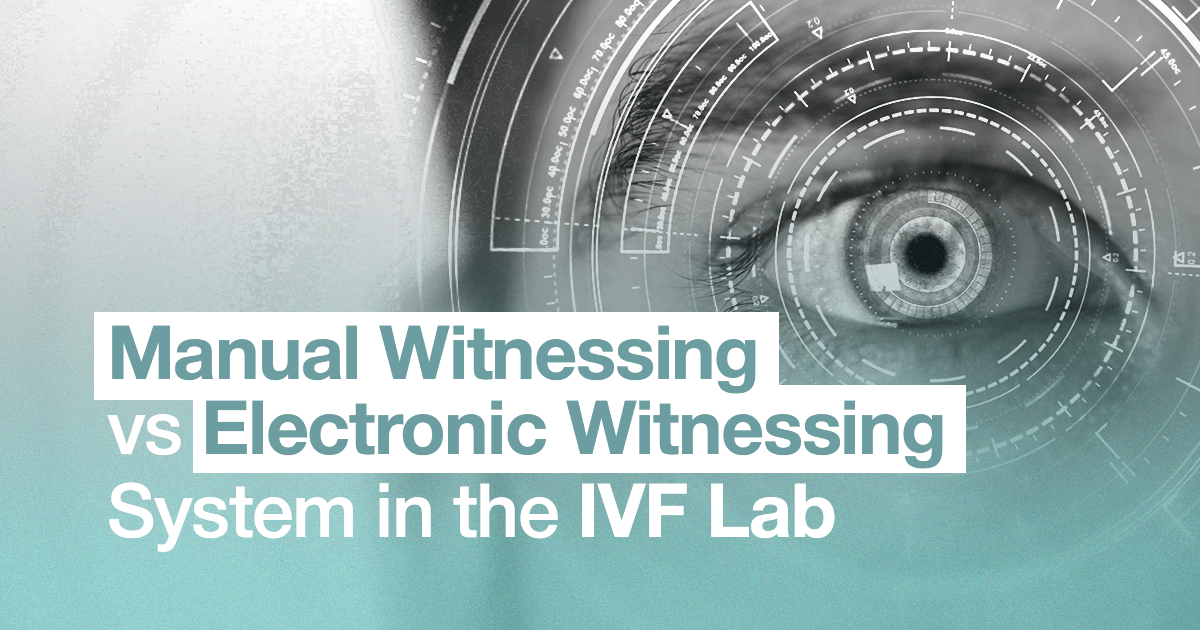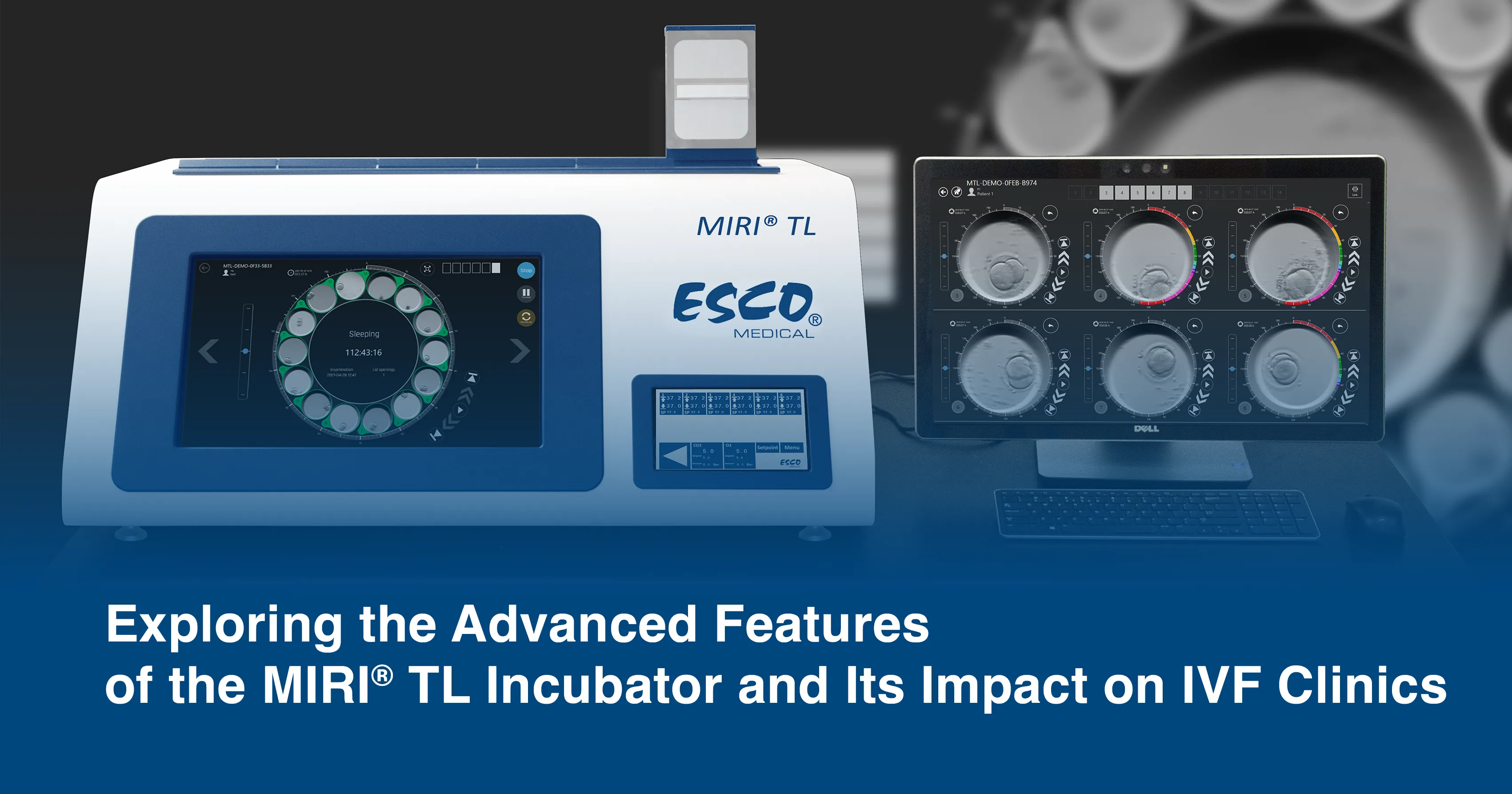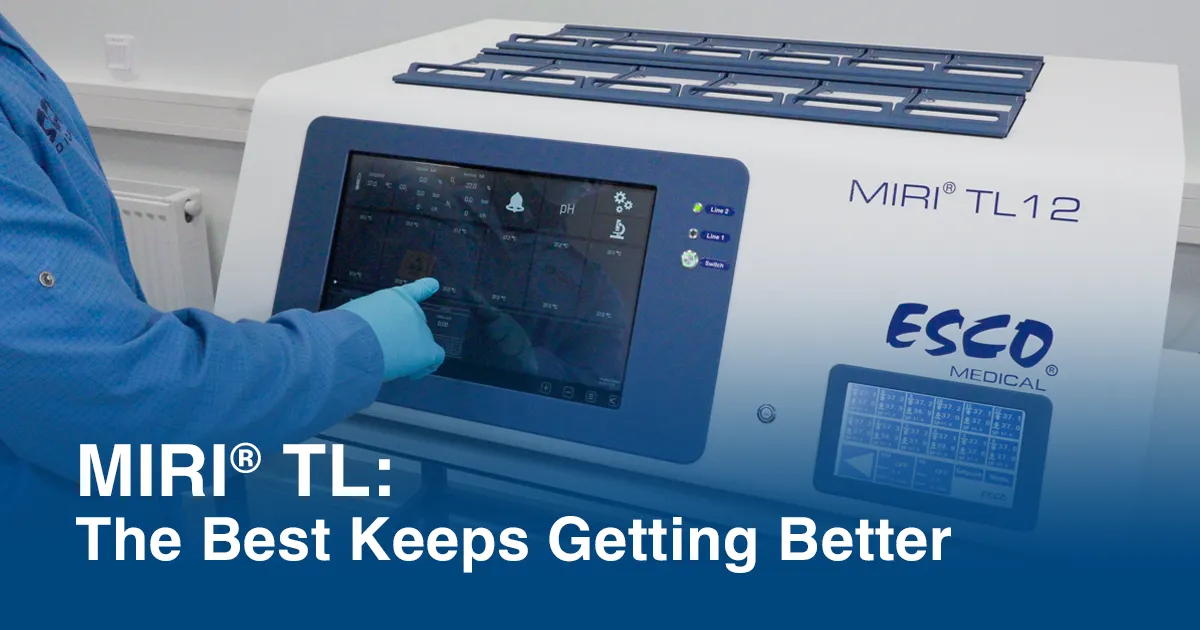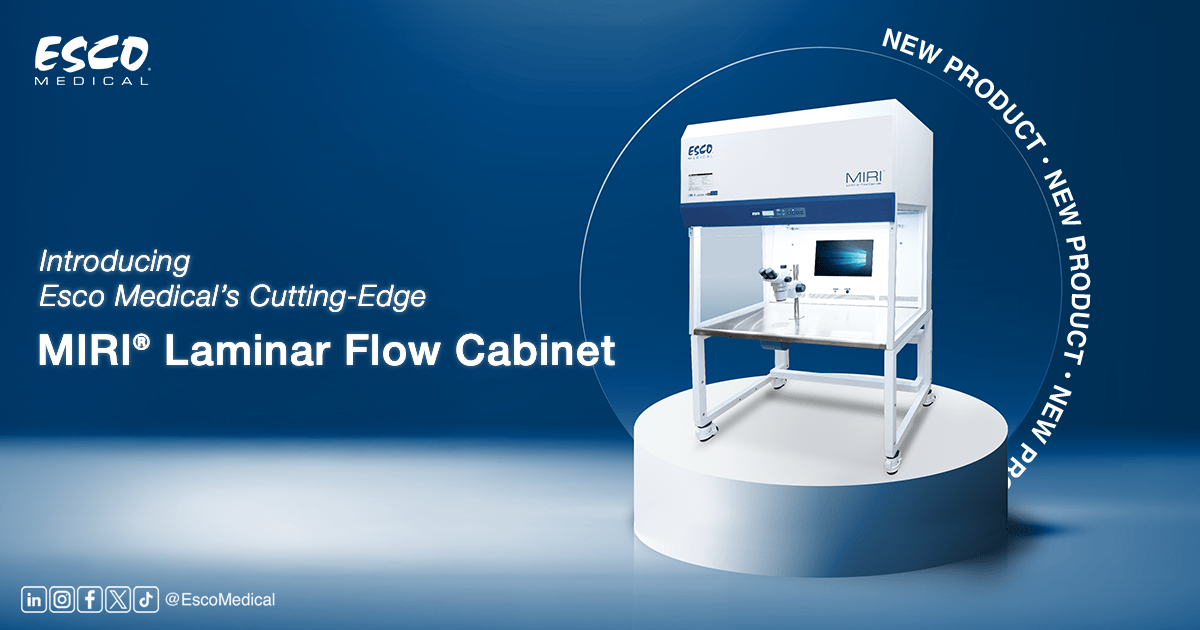
Why is EWS important in your IVF lab?
In recent years, significant transformations have taken place in the field of ART, marked by the integration of numerous innovative technologies. Consequently, the management of the IVF laboratory has become more complicated, and the increased complexity brings about an elevated level of risk.
While it is widely acknowledged that biological sample mix-up is infrequent in IVF, instances of such occurrences have been documented in scientific literature. Consequently, certain IVF laboratories have implemented Electronic Witnessing Systems (EWS) to enhance safeguards and minimize the potential for errors in the handling of biological samples.
Key stages in clinical and laboratory IVF processes have been noted as areas where the potential for mismatching of gametes and embryos is highest. These critical points include:
- Initial gamete collection
- Mixing of gametes through either conventional IVF or IVF with intracytoplasmic sperm injection
- Transfer of gametes or embryos between tubes or dishes
- Freezing and thawing of gametes or embryos
- Subsequent transfer of embryos into a patient.
EWS has the potential to address existing challenges in the witnessing process by reducing the risk of sample mismatch, enhancing sample management and traceability, and eliminating the necessity for a secondary human witness.
Selection of EWS over Manual Witnessing:
In the absence of an EWS, the primary method employed to minimize the likelihood of biological sample mix-up involves a human cross-verification process. Nevertheless, this control mechanism has demonstrated susceptibility to human errors, such as:
- omission during checks
- incomplete verification
- involuntary automaticity
- non-simultaneous validation.
- Independent redundancy
Various alternative options have been designed to replace the majority of manual witnessing steps in IVF. These include:
(i) systems utilizing barcode labels,
(ii) systems employing silicon barcodes injected directly into eggs or embryos, and
(iii) systems utilizing Radio Frequency Identification technology (RFID).
The RFID system offers two significant benefits:
- It safeguards against embryologists unintentionally working on multiple patients' eggs or sperm simultaneously.
- It records each procedural step, preventing the omission of crucial tasks. The adoption of these electronic systems is swiftly expanding across fertility clinics globally.
RFID Technology:
Through the application of RFID tags, the patient's identity is vigilantly monitored at each treatment stage, capturing details about the cycle progress and operator actions simultaneously. This system ensures continuous monitoring of every instance involving the transfer of gametes or embryos between containers, guaranteeing that only one patient is attended to at any given time.
The constant monitoring eliminates the possibility of overlooking identity checks.
Additionally, to secure the initiation and conclusion of the cycle, each patient is issued a unique ID card or a wristband such as MIRI Evidence for use in treatment rooms, confirming that the patient's identity aligns with that of the eggs, sperm, and embryos.
General working steps of an EWS:
- Unique digital codes are assigned to incoming patients in an IVF clinic.
- The unique codes on labels are scanned, verified, matched, and confirmed for various procedures.
- Every patient is displayed on the dashboard.
- All the scans are stored for future reports.
- End of cycle report is stored and can be uploaded in the electronic medical record (EMR).
Pros and Cons of using EWS:
Pros:
- The EWS operates with low-level radio waves, similar to many other sources of electromagnetic and radio fields commonly found in IVF laboratories.
- It is important to note that, apart from utilizing very moderate radio frequencies, the exposure time is restricted to a few seconds required during specific steps of cell manipulation outside the incubators.
- Inside the incubator, the electronic tags do not emit or receive any radio waves.
Cons:
- Despite encouraging findings in animal and cell line studies, it remains essential to determine whether the systematic use of these electronic devices in IVF laboratories could potentially interfere with the biology of gametes and embryos.
Conclusion:
Since the initial documented incident of an assisted reproductive technology (ART) mix-up in 1987 in Manhattan, USA, instances of unintentional utilization of incorrect gametes or embryos during ART procedures have been documented in various centers across different countries.
In recent years, the field of assisted reproductive technology (ART) has undergone significant developments, marked by the integration of numerous technological advancements. This evolution has notably increased the complexity of operating in vitro fertilization (IVF) laboratories, consequently raising the associated risks. The intricate nature of IVF procedures, coupled with the potential for variation and human error, poses a threat with potentially harmful consequences. As the number and complexity of these procedures rise, the risk of sample mismatching during the manipulation of biological materials becomes more pronounced for embryologists.
Addressing these challenges, electronic witnessing systems (EWSs) have emerged as innovative technologies with the capability to standardize IVF witnessing procedures. EWSs offer potential solutions by mitigating the risk of sample mismatching, enhancing sample management and traceability, and eliminating the need for a second human witness. By tracking and quantifying these issues, EWSs contribute to increased documentation, facilitating adjustments to workflows to minimize risks. Furthermore, the adoption of EWSs holds promise in tackling various challenges, including staff availability, workflow optimization, implementation consistency, standardization across laboratories, traceability, and error prevention. Notably, the use of EWSs may also have the potential to reduce embryologists' inattentional blindness and alleviate stress associated with the risk of mismatches.
References:
1. Holmes R, Wirka KA, Catherino AB, Hayward B, Swain JE. Comparison of electronic versus manual witnessing of procedures within the in vitro fertilization laboratory: impact on timing and efficiency. F S Rep. 2021 Apr 28;2(2):181-188. doi: 10.1016/j.xfre.2021.04.006. PMID: 34278352; PMCID: PMC8267391.
2. Forte M, Faustini F, Maggiulli R, Scarica C, Romano S, Ottolini C, Farcomeni A, Palagiano A, Capalbo A, Ubaldi FM, Rienzi L. Electronic witness system in IVF-patients perspective. J Assist Reprod Genet. 2016 Sep;33(9):1215-22. doi: 10.1007/s10815-016-0759-4. Epub 2016 Jul 7. PMID: 27387889; PMCID: PMC5010816.





